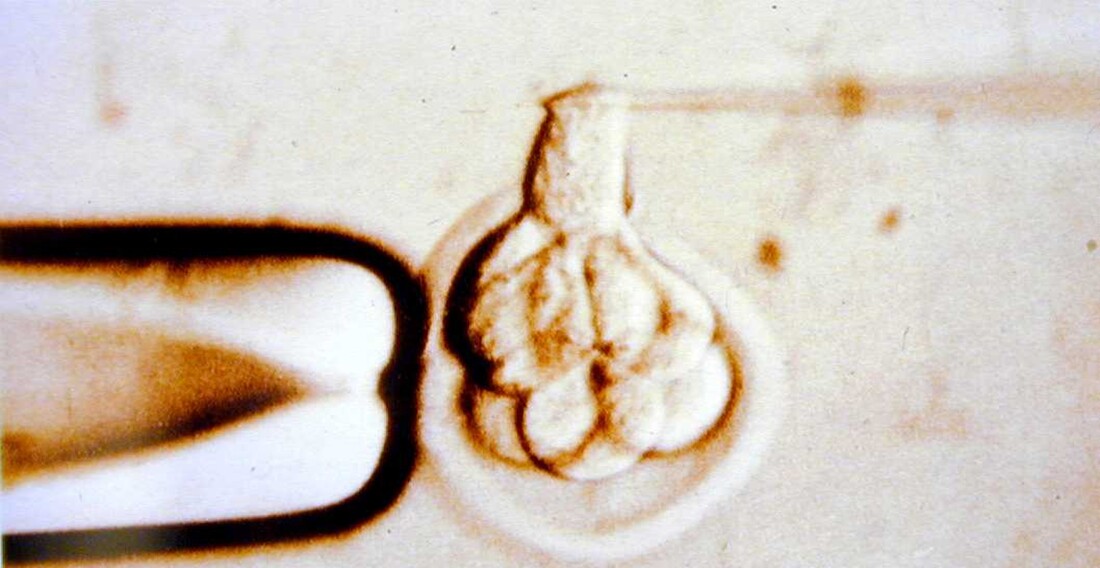|
John writes … I am sure that many of our readers, on seeing the title of this post, will think of the use of DNA ‘fingerprinting’/ DNA profiling in police detection work. The discovery, by Alec Jeffreys and his team at Leicester University, that these profiles were unique to an individual enabled an identification of miscreants at a level of statistical certainty that had not previously been possible. Many of us remember the first conviction secured on the basis of DNA, that of Colin Pitchfork for the rape and murder of two teenage girls in Leicestershire (1). However, this was not the first time that the technique had been employed in the public arena. DNA fingerprinting had been used to establish that a young man from Nigeria was indeed the son of someone already living in the UK and could therefore stay here; the Home Office had disputed his claim and wanted to deport him. Both these examples show how the findings of science can be used in a way that promotes societal good. One of the features of DNA profiling that often causes surprise is the small amount biological material needed in order obtain the profile. Obviously if a larger amount is available (such as from a blood sample), all well and good but if push comes to shove, the DNA from one cell is enough material to work with. This is nicely illustrated by a technique called Pre-implantation Genetic Diagnosis (PGD). As I have described elsewhere, prospective parents who are at risk of having a child with a genetic disorder may elect to undergo in vitro fertilisation (IVF) in order that the embryos may be tested for the presence or absence of the genetic mutation. In order to do this, just one cell is removed from the embryo at the eight-cell stage. This provides enough material for the genetic test. One of the things we hear from time to time in relation to forensic use of DNA profiling is that a case has been re-opened because of ‘new DNA evidence’. Quite often this arises because forensic scientists are becoming better and better at extracting and purifying DNA from what appear to be unpromising biological samples. But these skills also have a role in other types of investigation, of which I will give three examples. The first concerns resistance to the plague-causing bacterium, Yersinia pestis. An international group of scientists have extracted DNA from the teeth of 206 human skeletons that were buried before, during and after the 14th century plague pandemic known as The Black Death (2). The level of detailed analysis that they were able to achieve with this material is truly remarkable. They were able to show that people with a mutation in a gene that regulates part of the immune system – a mutation that makes that part of the immune system more active – were 40% more likely to survive the plague than those without the mutation. Further, that mutation is still present in the population of modern Europe and people who possess it are more likely to suffer from an over-active immune system, leading to a variety of auto-immune diseases. We think quite rightly that being able to analyse in detail the DNA from teeth that have been buried for 700 years is remarkable. However, the next two examples are even more amazing. A research team based at the Max Planck Institute for Evolutionary Anthropology in Leipzig, Germany has extracted DNA from teeth and fragments of bone belonging to a group of eleven Neanderthals living in cave in Siberia 51,000 years ago. The team analysed DNA from the Y-chromosome, specific for males and mitochondrial genes which are passed down only via females. The analysis shows clearly the family and social structure of the little group as well as some insights into the life of this hunter-gatherer community. We do not have space to comment further on this but it is well worth reading a fuller commentary on this work, for example in New Scientist (3). This brings us to our third example. One of the scientists who investigated the Siberian group of Neanderthals was Professor Svante Pääbo. Earlier this year he was awarded the Nobel Prize of Physiology and Medicine (4). He is an interesting choice because, unlike many Nobel Prize winners, he is not very well known in the wider science scene, despite his huge contributions to our understanding of the evolution of early humans and other hominins. This has involved refinement and improvement of methods for extraction of ancient DNA enabling Pääbo and his team to analyse and compare DNA from bones and teeth of Neanderthals, Denisovans (see Chapter 6 of the book) and early humans and DNA from a range of modern humans. This analysis included a full sequence of the nuclear genome of Neanderthals which was a truly remarkable achievement, almost worthy of a Nobel Prize on its own! His work showed that Neanderthals and Denisovans were ‘sister-groups’ existing for a time in parallel with humans (as we show on p. 148 of the book). He has also been able to measure gene-flow between these species resulting from limited inter-breeding and the extent to which present-day humans carry Neanderthal genes (and for Melanesian humans, Denisovan genes). Svante Pääbo is certainly an amazing DNA detective and a worthy winner of the Nobel Prize. John Bryant
Topsham, Devon October 2022 (1) I recently had the privilege of meeting one of the detectives (now retired) who had worked on the case. (2) Evolution of immune genes is associated with the Black Death | Nature and Black Death 700 years ago affects your health now | BBC News. (3) Neanderthal family life revealed by ancient DNA from Siberian cave | New Scientist. (4) The Nobel Prize in Physiology or Medicine 2022 – Advanced information.
0 Comments
Graham writes ...
In case you were wondering what happened to the Artemis 1 mission …? Hurricane Ian put paid to the launch attempts and the SLS had to ‘run’ for cover back to the Vertical Assembly Building. The date of the next launch attempt is uncertain at the time of writing, but it is hoped that it may be in November 2022. Graham Swinerd Southampton, UK October 2022 |
AuthorsJohn Bryant and Graham Swinerd comment on biology, physics and faith. Archives
July 2024
Categories |








 RSS Feed
RSS Feed
